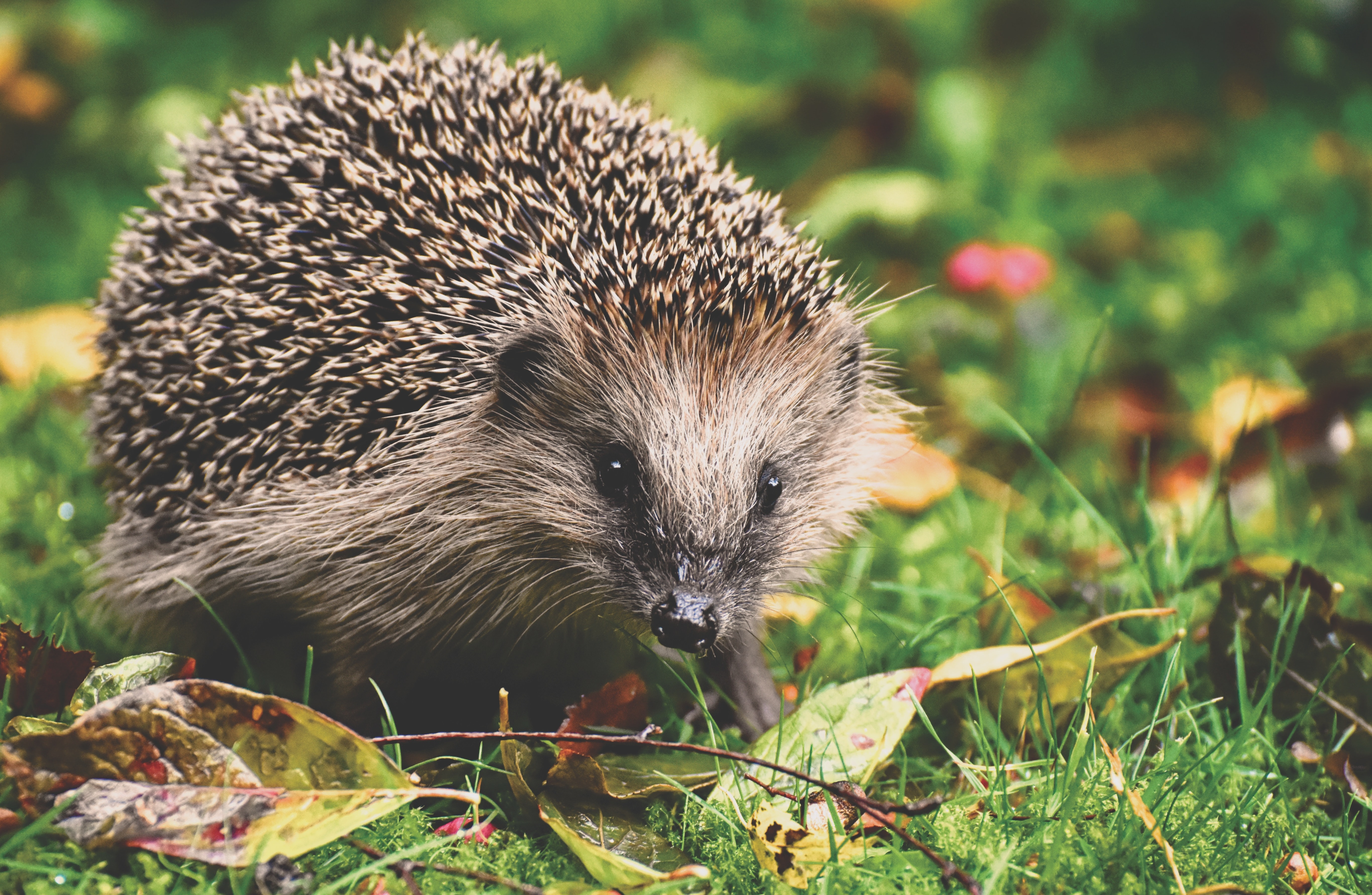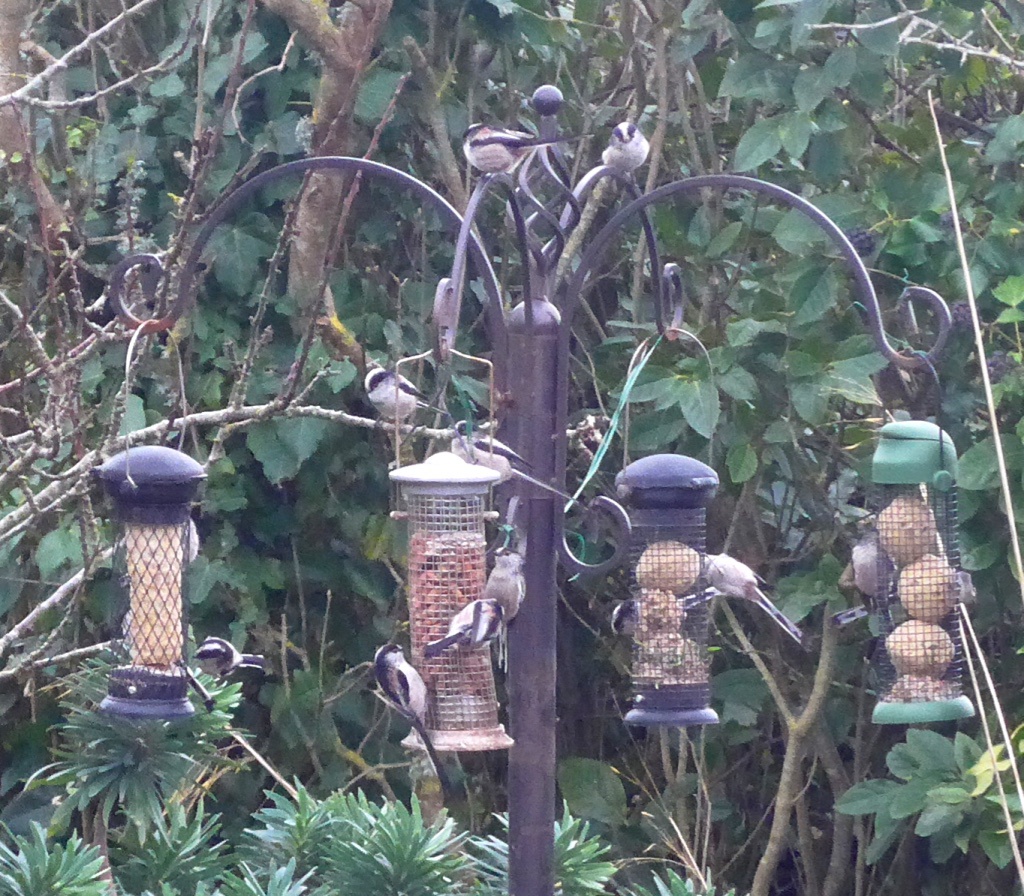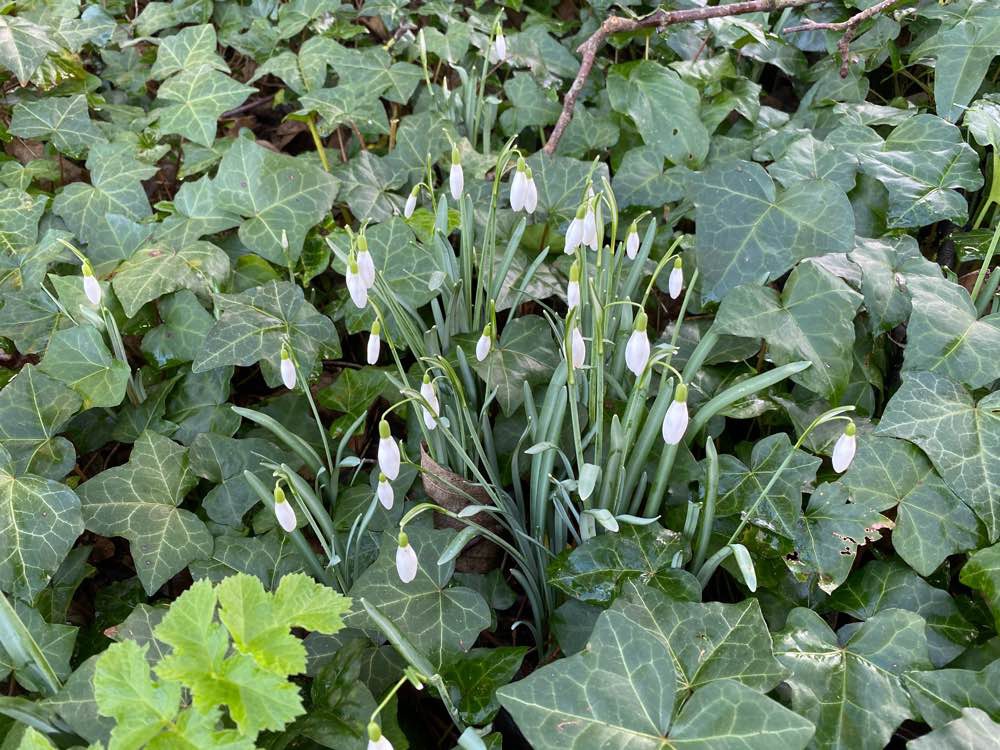Spring Wildlife
Spring Wildlife
One of the most beautiful and lively times of year is just around the corner. Longer evenings and warmer days mean spring is well on its way. Spring is one of the best times of year for any wildlife lover; flowers, insects, mammals, birds, and much more are starting to make their first appearances. Whether in your garden or out and about there is so much you can now look out for in the coming months.
Spring is when all those sleepy hibernators wake up and become active again. Bumblebees, butterflies, small mammals, bats, reptiles and amphibians all hibernate through the winter and awake in spring to start their yearly cycle all over again. After a long winter sleeping and conserving energy all these animals are now up and on the hunt for food and a partner to mate with. Spring plants and fungi are also now popping up in gardens, parks and woodland. Wild garlic, bluebells and tree blossom paint the landscape with a new range of colours and smells. Look a little closer and you’ll likely find the delightful sight that is morels, inkcaps and jelly ear fungi.
Other species to look out for are our migratory birds that return for the summer. Birds such as swifts, song thrushes and kittiwakes spend winter in warmer countries or out at sea and are now returning to breed for the summer. If you’re lucky you may even hear a cuckoo call; commonly known as a sign that spring is here.
Spring may be a bustling time for wildlife, but it can also be tricky for some that maybe didn’t quite prepare for winter as well as they should have. This is where we can do our bit to help those animals that need a bit of a boost into spring. Here are 7 ways you can do to help your local wildlife this spring:
-
Add (or continue to top up) a bird feeder and bird bath to your garden. This can be as elaborate or as simple as you like, you can even turn an old plastic bottle into a bird feeder. This time of year, many migrant and resident species need an extra boost of energy hence why providing food and water for them is a great way to attract more birds to your garden. A tall shallow bird bath and tall feeders with a mixed bird feed blend will be loved by many garden birds.
-
Revamp your garden pond or add one if you don’t already have one. Ponds of every size are an excellent addition to any garden. Even small bucket ponds will attract and help a huge variety of wildlife. If you have a pond already ensure it is cleared of excess leaf litter and debris and give it a little tidy without disturbing it too much. You should also have a shallow, sloped area to your pond with gravel and small stones so toads, frogs and mammals can access the pond and then exit safely and easily.
-
Look after the hedgehogs. Hedgehogs really need our help in spring, specifically in urban areas food can be hard to come by and going from garden to garden can be difficult. Hedgehogs love to roam around at night so adding a small ‘hedgehog highway’ hole to your gate or fence opens an easy route for them. You can also leave out a small dish of water and hedgehog specific or meat-based dog food for them overnight.
-
Plant some wildlife friendly flowers and plants. Whether in your garden or in pots many pollinators and other insects benefit greatly from extra flowers and plants. You can plant wildflower seeds or plants such as verbena, sunflowers, lavender, daisies and echinacea. There are also many other plants that can be found in lists online alongside what insects they attract. (If you have the space, you can dedicate a patch of your garden to wildflowers and plant your very own pollinator patch).
-
Add or build a bug hotel in your garden. Bug hotels are amazing for all those creepy crawlies and interesting insects. They can be bought from most garden centers or made with a few common materials, you can then place it in a dry, sheltered area of your garden.
-
Don’t mow your lawn. As tempting as it may be to have a pristine green lawn allowing it, or a part of it, to grown and do its own thing is a simple way to help wildlife in your garden. Un-mowed lawns become a home to bees, beetles, spiders, butterflies, ladybirds and more.
-
Leave the leaves, logs and compost. Leaving leaf, log and compost piles is yet another simple way of helping garden wildlife. Mammals such as hedgehogs and mice can use them as a place to rest during the day, amphibians can hide in them, and insects will make them their home. You can keep the piles tidy and perhaps in a corner of your garden so they are out the way but leaving them their will give your local wildlife a much needed helping hand.
And lastly remember to report all your sightings on the JBC website. They can be sightings from anywhere on the island and of any species. Reporting your sightings helps us help wildlife.
Photo credit: Long tailed Tits, Andrew Thompson
Photo credit: Snow drops, Sheena



